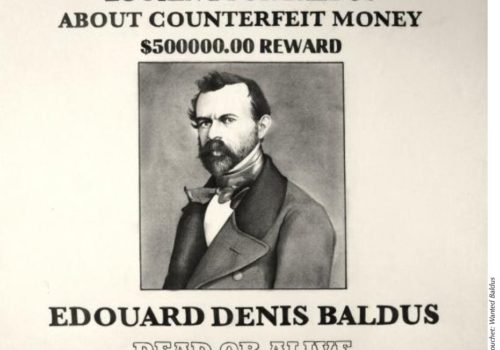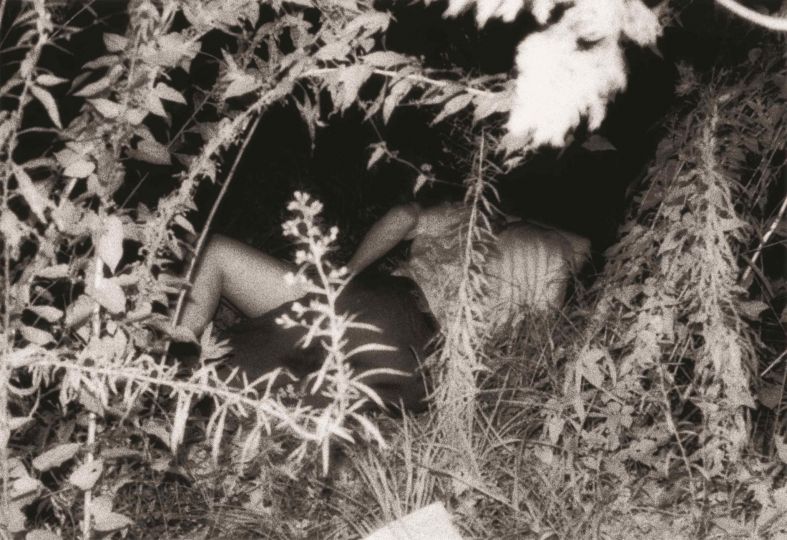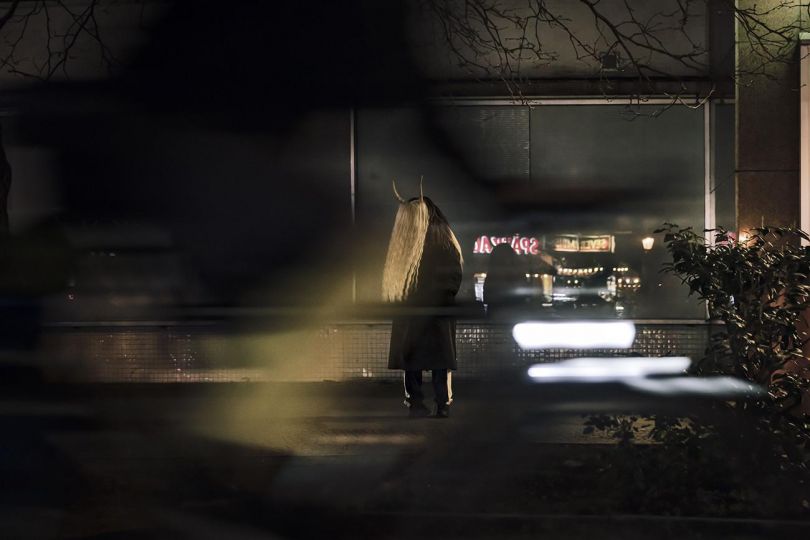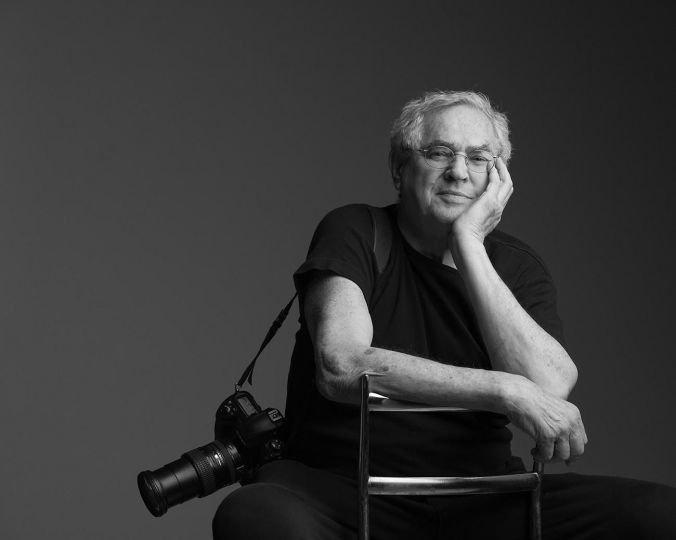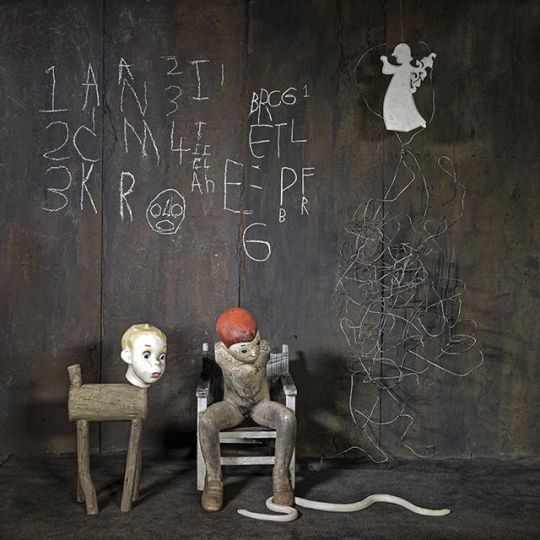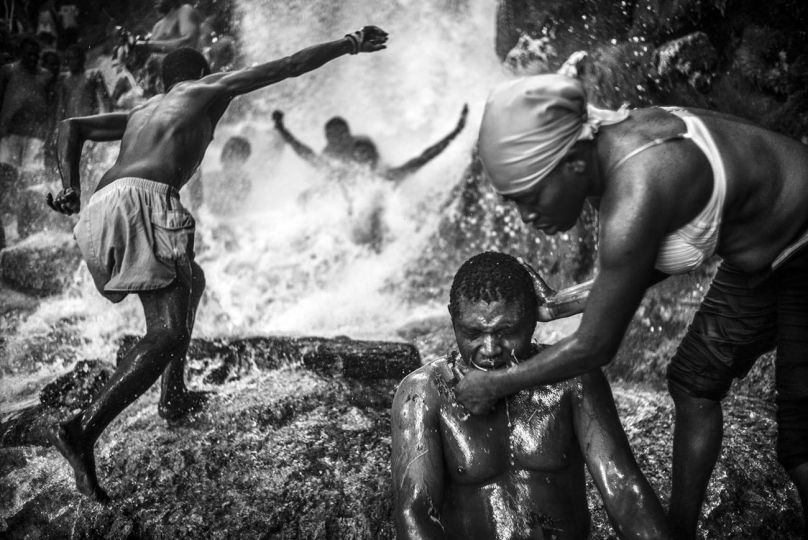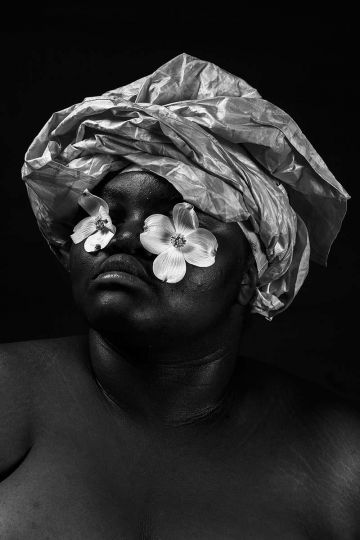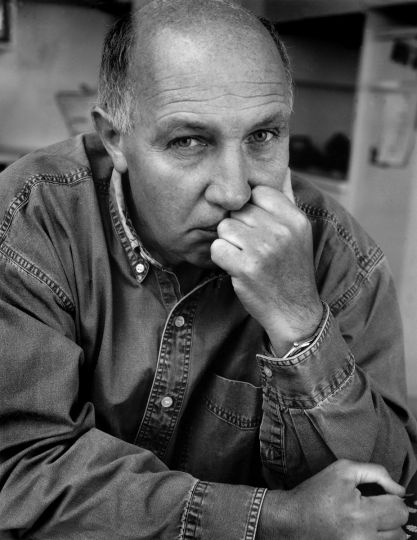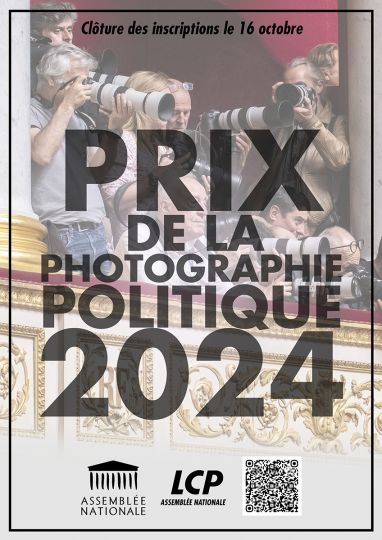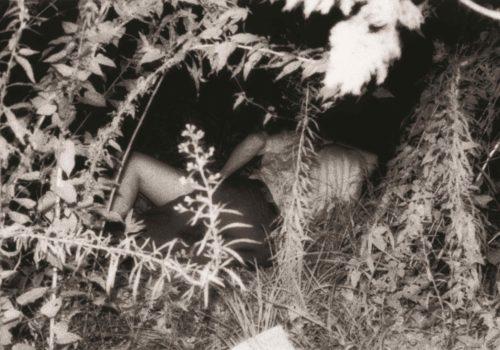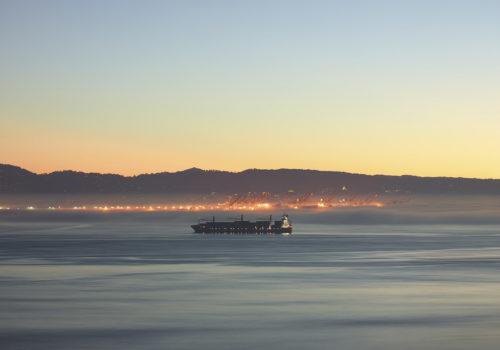The discovery of a collection of 83 copper plates, to be sold at an auction on June 16, offers a glimpse into the brilliant destiny of Édouard Baldus, a nineteenth-century Prussian painter and photogravurist, a forger wanted by the Cologne police, and a photographer of great renown in Paris, whose photogravures remain little known. A beautiful selection of vintage 1850s’ salt and albumen prints complements this surprising discovery.
According to a recently discovered 1835 leaflet, Édouard Baldus was wanted in Cologne for currency counterfeiting. His destiny could fill a novel in which the hero, a respected photographer, commits a crime punishable by death, only to turn that crime into the secret origin of a life of self-reinvention and of the photographic invention of a life.
The arrest warrant, issued by Royal Investigative Judge Ludowigs on February 16, 1835 in Cologne, read: “The former bombardier Edouard Baldus, born in Grünebach, in the county Altenkirchen, governorate of Koblenz, and most recently residing in Cologne, who is accused of making and distributing forged Cash Notes, evaded the corresponding investigation by escape. By adding the following description, I ask all police authorities to watch for him, arrest him and bring him before me.”[1]
Peter Lindlein, the author of The Secret of Edouard Baldus, explains: “If we are to believe these accusations, Baldus would have already discovered his talent as an image-maker to make money, in the literal sense of the word. He gained his first practical experience in printing techniques by forging ‘Kassenanweisungen,’ or banknotes introduced in Prussia in 1821.”
“The discovery of the 1835 arrest warrant turns Baldus into a fascinating character,” comments the photography expert Serge Plantureux. “The fact that Baldus was very mysterious about his date and place of birth; that he never, it seems, tried to go back to the German provinces; that there is no doubt about the authenticity of the warrant; that the physical description fits perfectly, will undoubtedly lead historians of photography to rethink the biography of the famous photographer and for contemporary writers to transform him into the protagonist of a novel. The discovery of the collection of photogravure plates further reinforces the new identification of Baldus: it invites us to reconsider his whole heliographic oeuvre.”
Just as the biography of the great photographer, long thought to be a rather conventional character, comes to light, the homage to Baldus (1813–1889) held on the occasion of an action on June 16, 2017 at Drouot, in Paris, is sure to attract the attention of institutions, historians, and collectors.
In addition to this astonishing collection, some twenty salt and albumen prints, as well as an album, illustrate Edouard Baldus’s career the way it had consolidated by the 1850s and the way it entered the history of photography by the twentieth century. This was the story of a painter who had exhibited his works in Antwerp and who had made a name for himself in the United States as an itinerant portraitist before settling in Paris in 1838. This was the story of an unknown artist turned down again and again by the Salon until he produced his first photographs and was showered with commissions, from Mission héliographique (1851) to Chemins de fer de Paris à Lyon et la Méditerranée (1861). This was the story of a great photographer of modernity, whose history has yet to be written.
The recent discovery of the collection of copper plates constitutes an important contribution to the reception of Baldus’s oeuvre and in the History of photography. On the one hand, it reinforces the identification of an established photographer, who took the process of photomechanical reproduction to a high level of sophistication, and a crafty young outlaw artist who managed to circulate some masterfully forged bills. In this respect, the discovery shows us that Baldus did not treat photogravure as a secondary or belated activity, but as a primary, even primordial, occupation. On the other hand, this discovery holds the key to the old scientific problem of the reproduction of halftones, which ran through the history of photography, and was tackled by other pioneering photographers with much less success than Baldus who would never reveal his process.
Prior to the discovery of this ultra-rare collection, much of which focuses on the city Paris and its monuments, only four photogravure plates signed by Édouard Baldus had been known. It’s an irony of fate that the art of photogravure, shared equally by the Prussian counterfeiter and the French photogravurist, would make a fortune for the latter and be the downfall of the former. As murky as the story of the young bombardier Édouard Baldus, the history of the photogravurist doesn’t say a word about the identities of his creditors, the nature of his debts, or the last years of his life.
Baldus Secret
Auction at Drouot Richelieu, June 16, 2017, at 2 pm
9, rue Drouot, Salle 11
75009 Paris
France
Complete catalog:
http://www.copages-auction.com/html/index.jsp?id=82632&lng=fr&npp=150
[1] Malcolm Daniel, “The Secret of Édouard Baldus Revealed,” Now at the Met Blog (Oct. 26, 2010), http://www.metmuseum.org/blogs/now-at-the-met/features/2010/the-secret-of-douard-baldus-revealed. – Trans.

